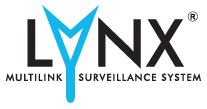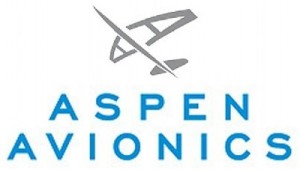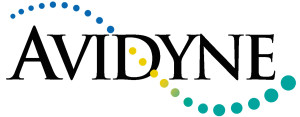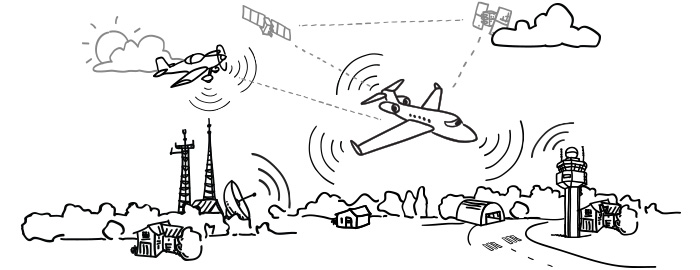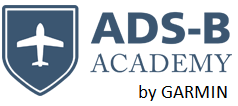What is ADS-B “In” and ADS-B “Out”?
With ADS-B (Automatic Dependent Surveillance – Broadcast), you’ll be required to broadcast your position information to ADS-B ground stations and other aircraft. This is called ADS-B “Out.” But those ground stations are also broadcasting valuable information you can use if your aircraft is equipped to receive it using ADS-B “In” technology.
ADS-B technology will be replacing conventional radar-based surveillance as the primary method for identifying and tracking aircraft in U.S. airspace. Using the ADS-B datalink, each airplane will automatically transmit its precise position, its velocity (both vertically and horizontally), as well as its altitude and other information to controllers and other nearby aircraft. Each plane will need a WAAS-capable GPS receiver to provide the high-integrity location and flight path data for ADS-B networking.
When the ADS-B ground infrastructure build out is complete, there will be close to 800 ground stations broadcasting TIS-B data.
What’s the difference between TIS-A and TIS-B?
TIS stands for Traffic Information Service. With TIS-A, ATC radar information is collected on the ground and then uplinked to equipped aircraft nearby (known as “Clients”) via ground radar uplinks. Uplinks can occur only when the radar is pointed at the aircraft, so the amount of information transmitted is necessarily limited. TIS-A is currently available in the U.S. at over 100 Terminal Area Secondary Radar Surveillance Areas and is slowly being phased out in favor of ADS-B.
With TIS-B, ATC radar information is collected on the ground and then ADS-B ground stations uplink this information to equipped aircraft with an ADS-B “In” receiver capable of receiving ADS-B data on 1090MHz. When the ADS-B ground infrastructure build out is complete in the US, there will be close to 800 ground stations broadcasting TIS-B data.
When should I equip for ADS-B?
When you’re required to equip for ADS-B depends largely on where you fly. In the U.S., you must equip by 2020. But in other parts of the world, you may be required to equip much sooner. Regardless of regulations, you can equip today to start taking advantage of ADS-B’s benefits.
In the U.S., if you operate in airspace that currently requires a Mode C or Mode S transponder, you’ll need to be equipped with ADS-B “Out” by 2020.
First and foremost, you’ll need a WAAS position source…Next, you’ll need a way to broadcast this information to ADS-B ground stations.
How can I tell if I have an appropriate high-integrity WAAS/SBAS position source?
Both the GNS 430W/530W and GTN series have the WAAS/SBAS GPS technology capable of meeting the requirements of an ADS-B “Out” position source. Older, non-WAAS/SBAS GNS 430/530 navigators can be upgraded to the WAAS/SBAS version that has the technology. In addition to helping you reach ADS-B “Out” compliance, WAAS/SBAS navigation offers additional benefits like being able to fly GPS-guided LPV glidepath instrument approaches down to as low as 200 ft where approved. If you’re unsure whether your GNS is equipped with WAAS/SBAS, just watch the initial splash screen during the start up. If a “W” is displayed after the model number, it is in fact a WAAS/SBAS version.
Click one of the Providers below to view their ADS-B Solutions and Product Information

